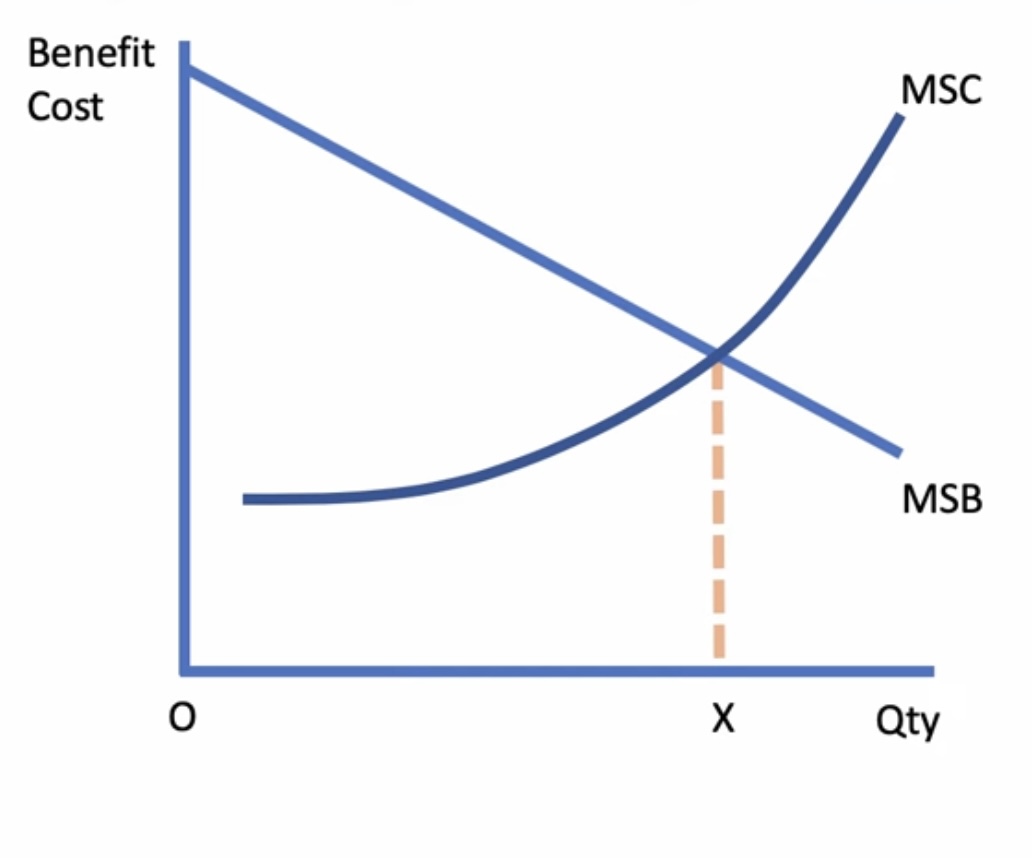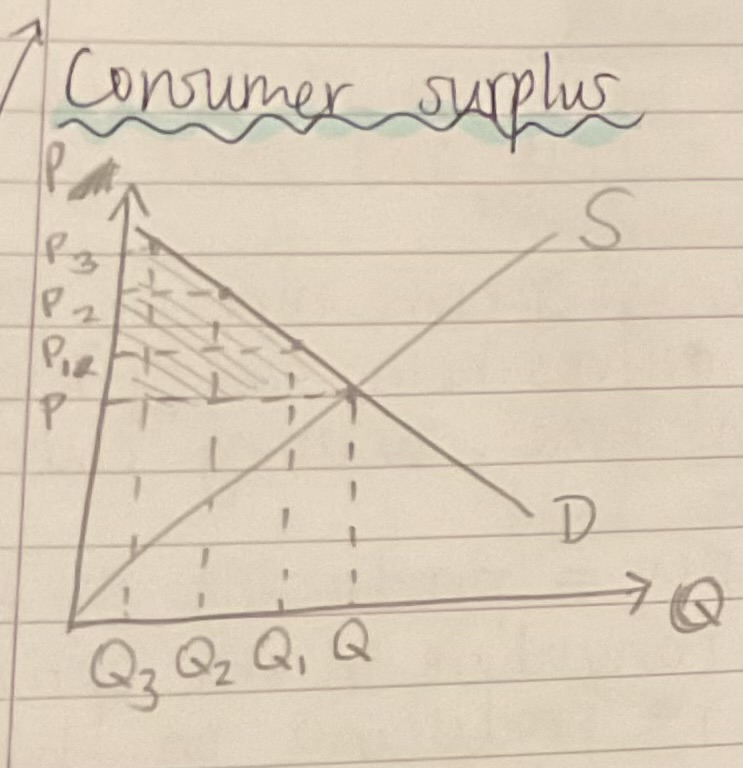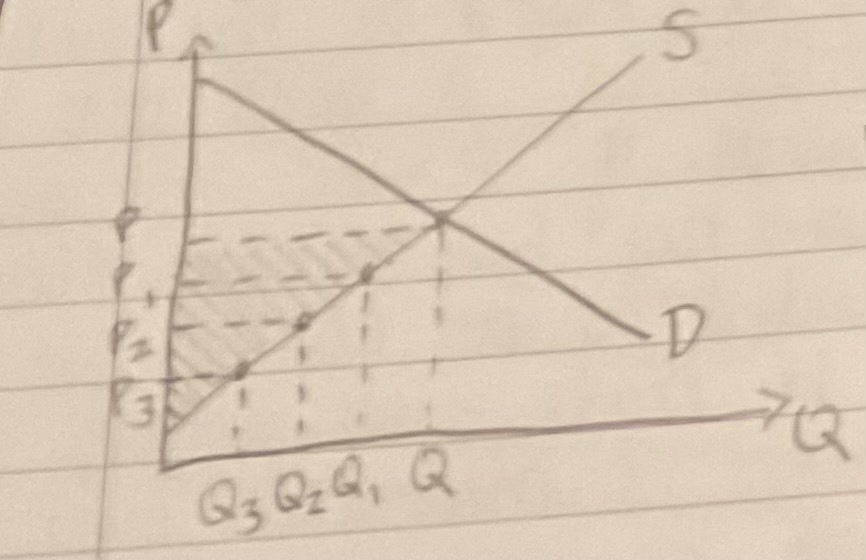Perfect competition, imperfectly competitive markets and monopoly
1/10
There's no tags or description
Looks like no tags are added yet.
Name | Mastery | Learn | Test | Matching | Spaced |
|---|
No study sessions yet.
11 Terms
Define economic efficiency
This involves making the best use of scarce resources in order to maximise output and meet as many needs and wants as possible
Define static efficiency
This involves being as efficient as possible at a point in time using the current resources that are available. Measured via:
A) productive efficiency: producing at the lowest part of the LRAC curve (i.e. anywhere within the optimum range of production) = producing on the PPF.
B) allocative efficiency: producing where P=MC. This means that the price people pay reflects the exact cost of the resources used up in production. This is a good use of society's scarce resources. If P is greater than MC, it’s good for the business but not good for society.
Define dynamic efficiency
This is measured over time and involves research and development innovation and invention to change the scope of what’s possible.
However dynamic efficiency often involves significant supernatural profits for research and development — Investment is needed. This will cause the LRAC to shift downwards.
Which condition must be met for social efficiency to be achieved?
Marginal social costs equal marginal social benefits in the production of all goods. All external costs and benefits are taken into account and there is no deadweight loss of social welfare.

What is the consumer surplus?
The total cost saving enjoyed by consumers who are willing to pay more than the market price, but don’t need to, as they pay P like everyone else
Consumer surplus diagram
The shaded area beneath the demand curve but above the equilibrium price

What is the producer surplus?
The additional revenue earned by producers who are willing to provide a good for less than the market price, but don’t need to as they get P in revenue as well
Producer surplus diagram
the area above the supply curve but beneath the equilibrium price

Getting rid of the consumer surplus
Businesses hate the consumer surplus - and if possible, would love to get rid of it/reduce it.
Getting rid of the consumer surplus isn’t easy, as we usually have prices for everything, and even when we don’t, bartering is time-consuming and slows trade - and it still depends upon the negotiation skills of the buyer and the seller.
However, firms can reduce the consumer surplus and replace it with producer surplus via price discrimination (off peak and peak times pricing for trains, Netflix ads) and dynamic pricing (surge charging for Uber, Oasis tickets, plane tickets).
This reduces the consumer surplus and instead replaces it with the producer surplus
What is Google’s market share in the search engine industry? How much did they earn in 2024?
90%.
2024 - the company generated $175 billion from search-based advertising, accounting for more than half of its total $307 billion in revenue.
How has Google used its SNPs for innovation?
In addition to its main search engine, Google has research as well as technology in the areas of augmented reality, self-driving automobiles, and artificial intelligence.